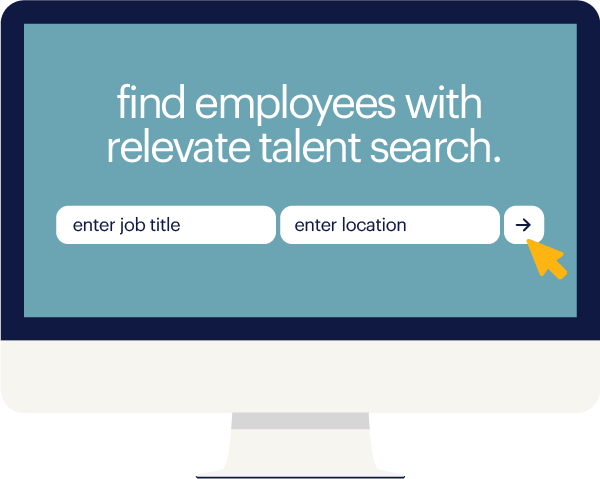When you read through all the resumes in your ATS and not one makes the cut for a screening call, you know how the rest of the story goes: the talent acquisition process goes back to square one, the job vacancy remains open and your team continues to stretch beyond capacity.
While no simple formula guarantees a quick fix for finding best-fit candidates, a well-thought-out, strategic approach can help you bring on the right talent at the right time with less effort and frustration.
what is a talent acquisition strategy?
A talent acquisition strategy describes the process of proactively planning for workforce needs that supports and aligns with business goals. This process requires transitioning from the mindset of simply filling open vacancies to one of nurturing a candidate pipeline to meet current and future business needs. A well-executed strategy also reduces the chance of making a bad hire, which ultimately costs more time, effort and money.
A comprehensive talent acquisition strategy includes plans for hiring to support business growth, identifies the channels that are best for sourcing these positions and creates an approach to explore untapped talent pools and grow existing ones. It's not reactive, either. It should be forward-looking and be mapped out quarters — or even years — ahead of time.
do you need a talent acquisition strategy?
Looking at how you hire can help determine if it’s time to embrace a more strategic approach to talent acquisition. For example, if you continually hire in reactive mode with the goal of meeting today’s talent gaps, you lose out on the benefits of a proactive hiring process that supports longer-term organizational growth.
Other signs indicating you could benefit from a strategic approach include:
too many job vacancies remain open for too long
When your time to hire drags on, exceeds industry standards or doesn’t produce qualified candidates, it’s time to check if you’re following best practices. For example, are your job postings well-written, are your job postings driving candidates away, are you sourcing candidates through the right traditional and social channels and do you reward internal employees for making referrals?
limited — or no — success with job boards
Online job boards can provide great exposure but won’t produce great candidates if you don’t use them properly. Ask yourself if the job is clearly described, if you provide enough information about your company and if your postings are optimized with appropriate keywords.
persistently low employee morale
Chronically understaffed and overworked teams become frustrated, stressed and disengaged. This is a recipe for low employee morale and, ultimately, lower productivity.
increasingly low employee retention
If employee resignations become more frequent, it’s imperative to know what’s causing the exodus. Understanding how to measure and track retention rates can help you identify, address and correct the issues behind sinking employee retention.
poor or inaccurate employer branding
If job seekers don't know or have a negative perception about your organization, your brand image may need attention. Understanding what candidates want most from an employer can help you better communicate what your organization stands for and why employees would want to join the team.
new initiatives require immediate hires with niche skills
If your normal recruiting methods fall short when you need people with specific proficiencies, a talent acquisition strategy can help you plan for where and how you will source hard-to-find-skills when time is short, and the need is high.
inability to attract talent with the right skills
When current recruiting methods don’t attract candidates with the skills you actually need, you can take both small and larger-scale steps to improve results. A quick remedy is to ensure the job description clearly articulates which skills are mandatory and which are nice to have. A bigger effort is to expand your recruiting efforts by tapping into passive job seekers who are already doing the job elsewhere.
The best talent acquisition strategies have the support of leadership who believe that hiring the right people is fundamental to the company’s success. To make the strategy perform over the long term, you must update it as organizational priorities and market conditions change.
Developing a talent acquisition strategy requires time to rethink your recruiting methods and implement best practices. A professional staffing partner can assist in identifying gaps and recommending effective solutions. With a strategy in place, you’ll be better equipped to recruit top candidates and build strong teams poised for success.








